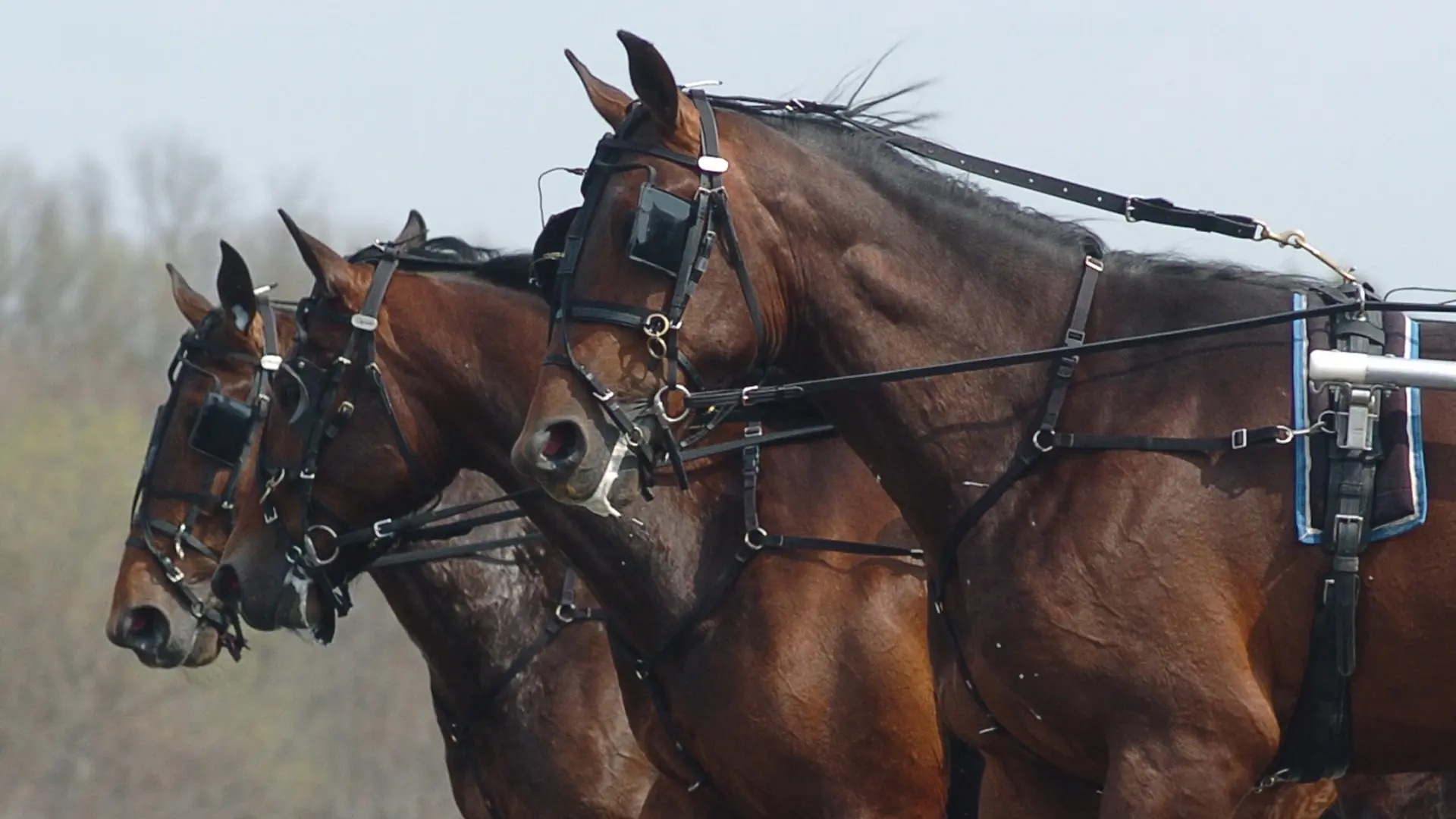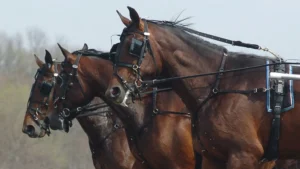The English Triple Crown—comprising the 2,000 Guineas, Epsom Derby, and St Leger—has become the ultimate test of speed, stamina, and versatility. It has produced only 15 winners since 1814, underscoring the rare brilliance needed to claim all three. Yet, the true legacy of these champions extends beyond their peak: they profoundly shape breeding trends, racing strategies, and even global pedigrees.
The Challenge of the Triple Crown
The English Triple Crown is widely regarded as one of the toughest achievements in Thoroughbred racing. It requires a horse to win three demanding Classics: the 2,000 Guineas at Newmarket over a straight mile, the Epsom Derby over 1½ miles with its undulating terrain and testing camber, and the St Leger at Doncaster, which stretches nearly 1¾ miles—often against older, more seasoned stayers. To triumph in all three demands more than raw speed or stamina; it requires exceptional adaptability, mental toughness, and the ability to recover quickly between major efforts.
Each leg presents a distinct challenge. The Guinea tests acceleration and tactical positioning. The Derby is about balance and the ability to handle turns under pressure. The St Leger, the longest of the three, becomes a true test of endurance and staying power. Preparing a colt to peak at each of these points within the same season is an immense training feat. For a closer look at these iconic courses, check out our guide to horse racing tracks.
It’s no surprise, then, that only a handful of horses have achieved it. The last was Nijinsky in 1970, and none have come close since. The rarity of this accomplishment underlines just how extraordinary a racehorse must be to complete the treble, both physically and mentally.
Nijinsky: The Last Triple Crown Champion
Nijinsky I (foaled 21 Feb 1967) became the first horse in 35 years to win the English Triple Crown when he captured the 2,000 Guineas, Derby, and St Leger in 1970. Trained by Vincent O’Brien and ridden by Lester Piggott, Nijinsky also claimed the Irish Derby and King George VI & Queen Elizabeth Stakes that year. This extraordinary versatility—from 6 furlongs to over 14—makes him one of the most complete racehorses of all time. Explore more about his rare Triple Crown triumph and enduring legacy at stud in our full profile: Nijinsky.
How Triple Crown Winners Influence Breeding
Winning the Triple Crown instantly elevates a racehorse’s profile in the breeding world. These rare champions are seen as the epitome of what breeders strive to replicate: durability, versatility, and elite class across different racing conditions. A Triple Crown winner doesn’t just win races—they demonstrate the mental and physical toughness required to excel at the highest level over varying distances and courses. This makes their genetic material highly prized.
Nijinsky is a textbook example. After retiring to stud, he became the leading sire in Britain & Ireland in 1986, producing offspring that excelled across Europe and North America. Among his standout progeny were Caerleon, a top-class European sire; Ferdinand, the 1986 Kentucky Derby winner; and Lammtarra, winner of the Derby, King George, and Prix de l’Arc de Triomphe. Even more significant is his role as a broodmare sire, shaping generations through his daughters and influencing bloodlines worldwide.
His sire, Northern Dancer, remains a dominant force in global pedigrees, seen in every Kentucky Derby winner since 1998. Through Nijinsky and others, the impact of Triple Crown winners continues to guide modern breeding strategies, emphasizing versatility, balance, and the capacity to produce champions.
Beyond Nijinsky: Other Classic Winners
While Nijinsky is unique in his Triple Crown triumph, other sires like Shergar achieved great acclaim with group wins like the Derby and Irish Derby before establishing influential stud careers. Trainers and breeders analyse their performances and pedigrees to make informed decisions, raising the bar for stamina and temperament. Like Nijinsky, Shergar left an indelible mark on racing history with his Derby performance and stallion career.
What It Means Today
The Triple Crown remains a guiding ideal in the world of Thoroughbred breeding, representing the ultimate combination of speed, balance, endurance, and mental fortitude. Even though modern breeding often leans toward specialisation—producing horses tailored for sprint distances or extreme stamina—the allure of a horse that can excel across the classic spectrum has never faded. Breeders, owners, and trainers still dream of the rare colt or filly with the adaptability and class to compete in all three legs of the Crown.
Every spring, two-year-olds are assessed not just on early speed, but also on pedigree, conformation, and temperament—traits that suggest the potential to stay the distance in races like the Derby or the St Leger. While few horses even attempt the full Triple Crown challenge today due to its demanding nature, the concept continues to influence decision-making in the breeding shed and training yard. Horses like Nijinsky serve as a touchstone—proof that brilliance over multiple distances is not just possible, but iconic.
In an age where commercial pressures often drive early returns, the enduring respect for Triple Crown winners reminds us of racing’s deeper narrative: the quest for the complete champion.
Explore Further
To truly appreciate the legacy of the Triple Crown, it’s worth revisiting the stories of the horses who have defined it. Start with an in-depth look at Nijinsky, whose flawless campaign in 1970 remains unmatched. Discover how his physical strength, calm temperament, and powerful stride made him not only a race-day sensation but a transformative influence at stud.
Also, explore the extraordinary tale of Shergar, another Derby legend whose brilliance on the track and tragic post-racing fate made headlines worldwide. These profiles offer valuable insight into what it takes to become a true racing icon.




